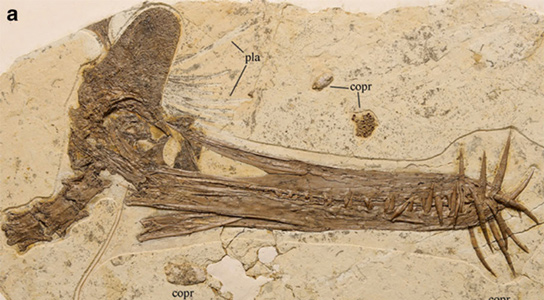
Guidraco venator skull found in northeast China.
Paleontologists have discovered a new wildly snaggle-toothed skull in northeast China that belonged to previously unknown flying reptile.
It was named Guidraco venator, which is Chinese and Latin for “ghost dragon hunter” by the team. The carnivorous pterosaur had a wingspan of 13 to 16 feet, a jaw filled with pointy teeth, and a round sail on its head to stabilize its flight.
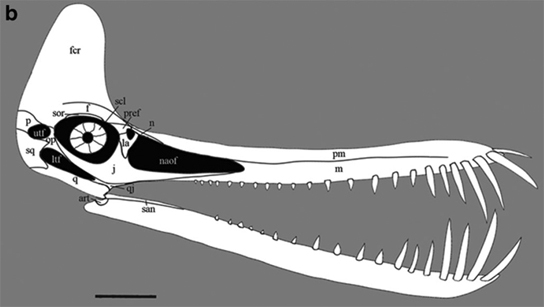
The fossil looks similar yet different to the pterosaurs found in Brazil. The closest relative to G. venator is a fossil found by Eberhard Frey and his colleagues in 2003 called Ludodactylus sibbicki. This adds evidence to the hypothesis that pterosaurs were more widely globally distributed that previously thought.
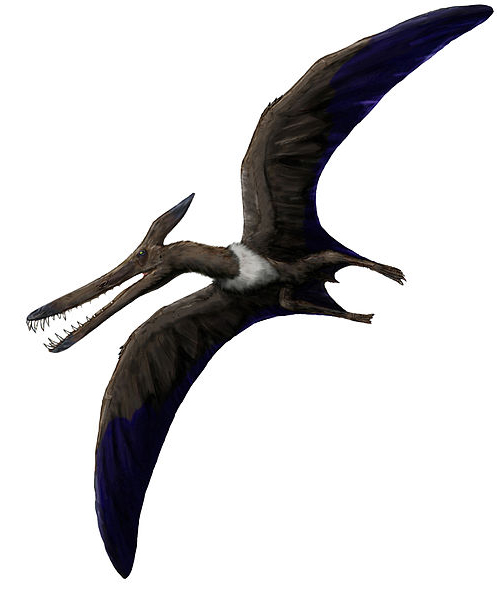
Pterosaurs are reptiles, not dinosaurs, and lived between 210 to 65 million years ago, spanning the Jurassic and Cretaceous periods until the Cretaceous-Tertiary extinction event, a large scale mass extinction pulse that marked the boundary between the Cretaceous and Tertiary Periods.
They are recognized as the first flying vertebrates. G. venator‘s 2-inch teeth appear to be suited to trap and hunt fish. However, Frey thinks otherwise as the pointy teeth could be problematic if anything got stuck in them. This could mean that G. venator filter-fed like L. sibbicki.


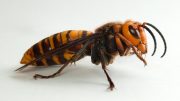

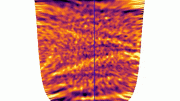




Be the first to comment on "Cretaceous Period Pterosaur Discovered in Northeast China"